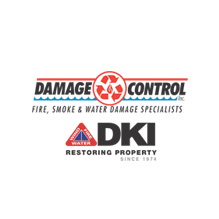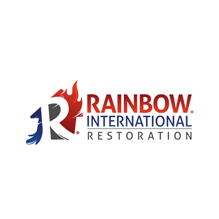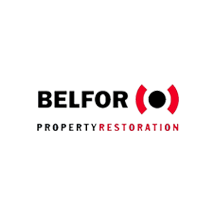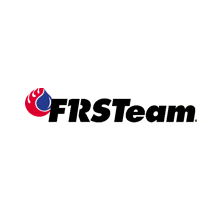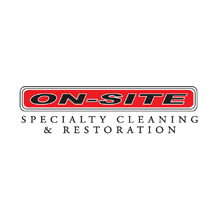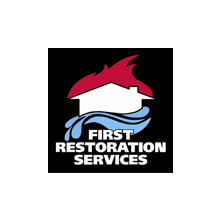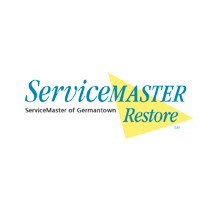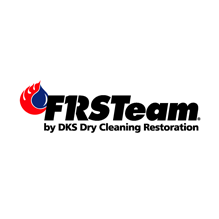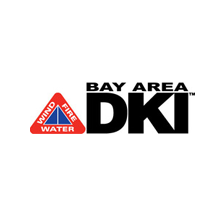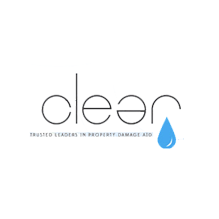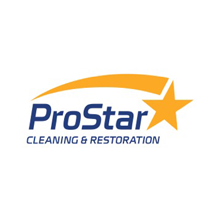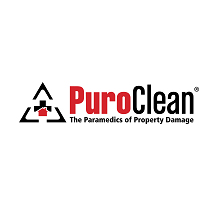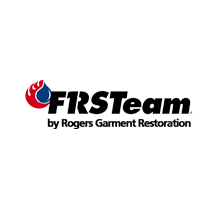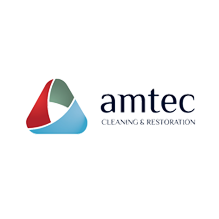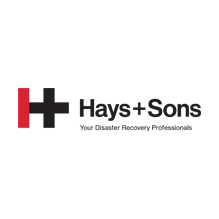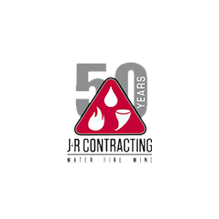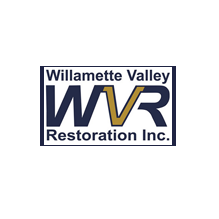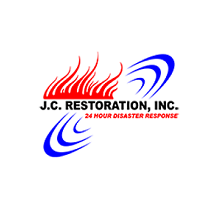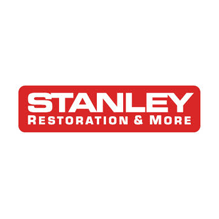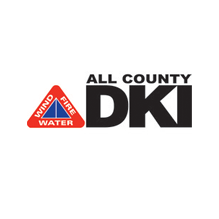Rolyn Uses Inventory Technology for RIA Move
By Patricia L. Harman
RIA’s recent move to its new headquarters provided the perfect training opportunity for Rolyn Companies, Inc. to use its recently acquired iCAT contents restoration software.
The technology is only two years old and uses a combination of bar codes to identify contents and sophisticated cameras to capture pertinent details. Each room is labeled at the beginning of the photo inventory process to establish the original location for contents and boxes. Barcodes are applied to individual items and photographed, and then a general photo is taken of the item. Utilizing what it calls “fast pack-out technology,” iCAT enables detail photos to be taken of damage on items; box, drawer or cabinet interiors; and any other critical information that needs to be preserved. Voice notes can be embedded into the photo for further cataloging clarification.
For example, a technician takes a photo of grouped items, such as 12 dinner plates. A voice note added to the photo lets the person cataloging the information at the warehouse know the number of plates, the manufacturer and if any are chipped or cracked. A box packed with priceless figurines can be assigned a single barcode and then each figurine can be photographed as it is placed in the box, providing tracking of each piece.
“This means that pack-outs can be completed without taking notes or using laptops,” explains Jeff Brettell, iCAT’s director of sales. “Because the information gathering at the pack-out can be handled using two, four or 14 cameras, contractors can leverage that efficiency to pack homes out in less time, spending less time in the harsh loss environment, and more in their own facility.”
“It provides transparency in the process for the customer, adjuster and restorer,” adds iCAT head trainer Riaz Walji. “The process also protects contractors from claims of broken or lost contents.” The easy-to-use program allows a company to send anyone trained in the system and sequencing process to a client’s location for the photo inventory. Another staff member in the office takes the information and creates the inventory used by the company, the client and the insurer. All three parties can track the contents from a home or office to the Warehouse and know where the items are in the cleaning or storage process.
The iCAT software also moves companies into a modern contents processing system that allows them to handle an unlimited number of claims at once. The innovative Web portal feature provides insureds with the ability to review and track their contents throughout the production cycle. This allows them to remain “in touch” with their possessions throughout the restoration process.
“Customers can communicate directly with the restoration firm concerning their contents,” says Walji. “They can ask the restorer to rush a certain item or indicate if there is a problem with how something was restored. Using this system changes the way people do contents and provides a higher level of service.” A modulized program provides free, online training for iCAT clients. The company encourages suggestions from clients. If half of its clients like an idea, iCAT will develop the idea for free.
Other uses for iCAT include tracking restoration equipment or identifying specific areas for reconstruction on a project. More information can be found at www.icatsoftware.com.
Reference: Cleaning & Restoration Page 14

